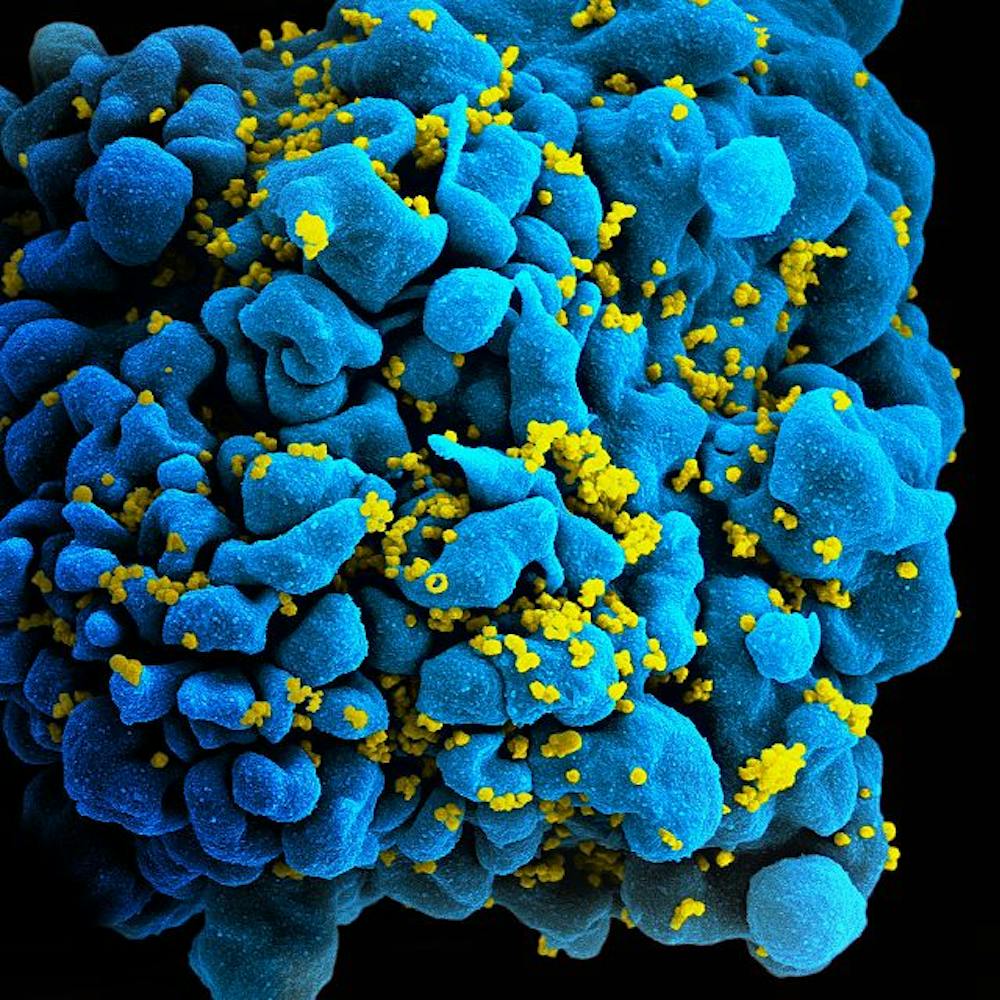As the new academic year begins, let's dive into the latest breakthroughs and discoveries by scientists and engineers around the globe. This week’s highlights include promising developments in HIV vaccine research, insights into the human microbiome, legislative strides in artificial intelligence (AI) and deepfake regulation and the discovery of new free-floating planetary bodies.
Promising signs for an HIV vaccine
Despite years of research, an effective HIV vaccine remains elusive. However, recent findings bring renewed hope.
A study published in Science Immunology describes how the germline-targeting immunogen GT1.1 successfully engaged a wide array of VRC01-class broadly neutralizing antibody (bnAb) precursors. These neutralizing antibody responses are crucial because they can block the virus from infecting cells, while the bnAb precursors are the early forms of antibodies and can evolve to target different HIV strains.
By effectively engaging these precursors and generating responses, GT1.1 has the potential to lead to the development of a vaccine that elicits protective antibodies against HIV. The ongoing phase 1 clinical trial in humans will further evaluate this promising candidate.
California takes the leads in artificial intelligence and deepfake regulation
Deepfakes refer to the use of AI to fabricate images and videos; they often involve superimposing a person’s face onto another person’s body which can deceive viewers.
This year, California lawmakers approved several bills aimed at curbing the use of deepfakes in political campaigns, requiring large social media platforms to remove deceptive content 120 days before and 60 days after Election Day. Additionally, campaigns must state when AI has been used to alter content in ads.
Governor Gavin Newsom signaled in July that he would sign a proposal to crack down on deepfakes, but he also warned earlier this summer that overregulation could hurt the tech industry. Nevertheless, he is expected to sign the key proposals into law by the end of September.
Portions of the human microbiome come from food intake
A recent Cell publication reveals that a small portion of the human microbiome may originate from the foods we consume, particularly fermented items like salami, sauerkraut, kimchi and kefir.
The study — the largest of its kind — cataloged microorganisms from over 2,500 foods and compared them with microbiomes from human guts and mouths. The findings show that about 3% of adult gut microbiomes, 8% of children's and over 50% of newborns' microbiomes overlap with those found in food.
While this doesn’t necessarily confirm that these microbes directly come from our diet, it opens new avenues for understanding how foodborne microbes may influence our internal ecosystems.
Newly discovered “Rogue Worlds” offer new insights into star formation
A team of astronomers led by Adam Langeveld from Hopkins has identified six new rogue planet candidates — planet-sized objects that float freely in space unbound by any star's gravity.
Using the James Webb Space Telescope, the researchers discovered these elusive objects in an unexpected region of space, providing fresh evidence that planetary-mass objects can form in similar ways to stars: through the contraction of gas and dust clouds.
These findings suggest that the processes that give birth to stars might play a crucial role in creating other objects that might even be as large as the planet Jupiter. The team plans to further study the atmospheres of these rogue worlds and compare them with heavier brown dwarfs and gas giants.





